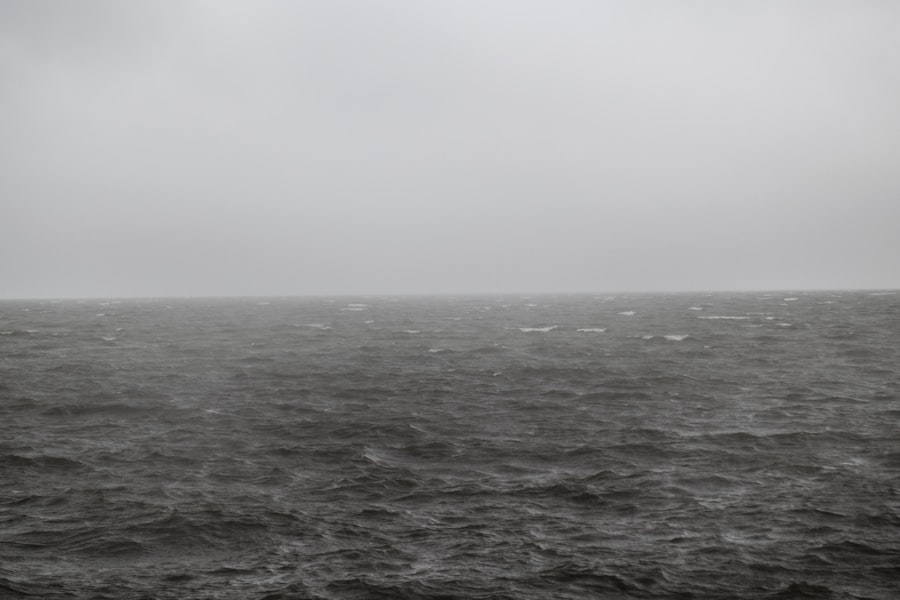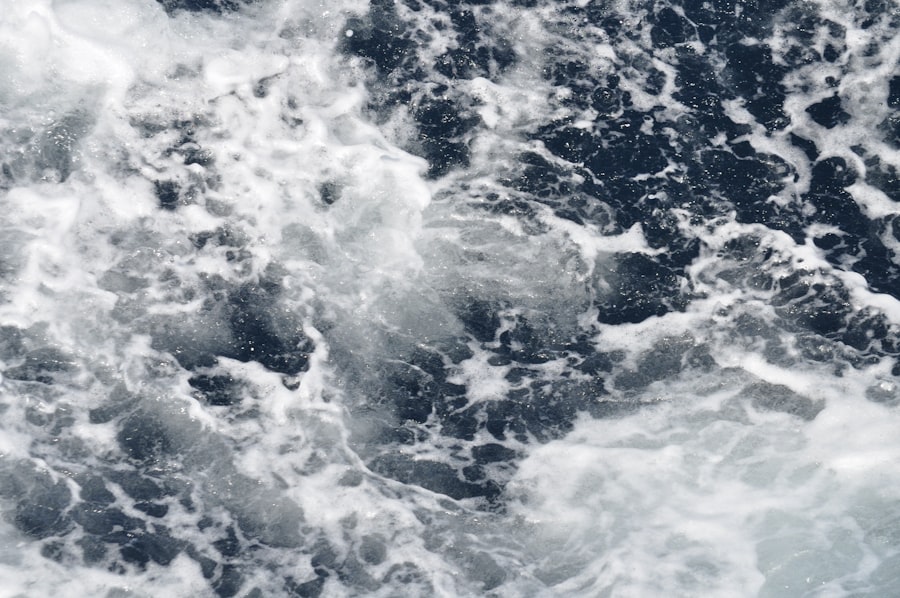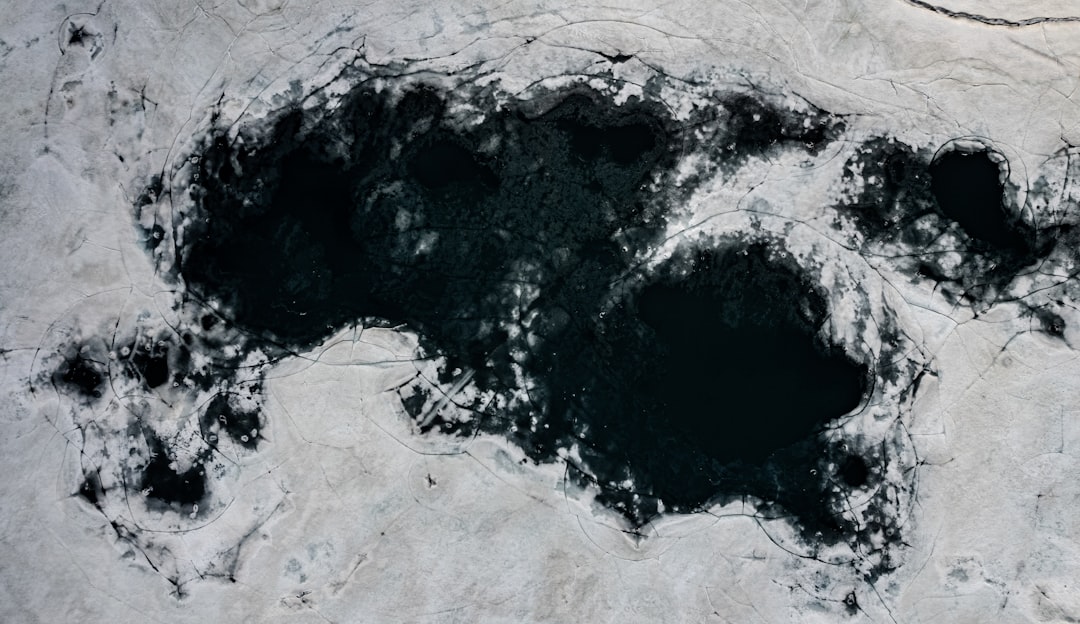The Drake Passage, a body of water situated between the southern tip of South America and Antarctica, is renowned for its tumultuous seas and unpredictable weather. Spanning approximately 800 kilometers (500 miles) in width, it serves as a critical maritime route for vessels traveling to and from the Antarctic region. Named after the English explorer Sir Francis Drake, who navigated these waters in the late 16th century, the passage has long been a focal point for maritime exploration and scientific research.
Its unique geographical position not only makes it a vital conduit for shipping but also a significant area for studying oceanic and atmospheric phenomena. The Drake Passage is characterized by its deep waters and strong currents, which contribute to its reputation as one of the most challenging maritime environments in the world. The confluence of the Atlantic, Pacific, and Southern Oceans creates a dynamic ecosystem that supports a diverse range of marine life.
This region is not only crucial for navigation but also plays an essential role in global climate regulation. Understanding the complexities of the Drake Passage is vital for both maritime safety and environmental conservation, making it a subject of ongoing interest for researchers and navigators alike.
Key Takeaways
- The Drake Passage is a narrow body of water between South America’s Cape Horn and the South Shetland Islands of Antarctica, known for its rough seas and challenging sailing conditions.
- Historical weather patterns in the Drake Passage have been characterized by strong winds, high waves, and rapidly changing weather, making it one of the most treacherous waterways in the world.
- Current climate trends, including warming ocean temperatures and melting ice in Antarctica, are affecting the Drake Passage and contributing to potentially more unpredictable and severe weather conditions.
- Climate change is impacting the Drake Passage by altering ocean currents, increasing storm intensity, and potentially leading to more frequent extreme weather events, posing significant risks to ships and vessels navigating the area.
- Potential hazards for ships and vessels in the Drake Passage include rough seas, icebergs, strong winds, and rapidly changing weather, requiring careful navigation and advanced planning to ensure safety.
Historical weather patterns in the Drake Passage
Historically, the weather patterns in the Drake Passage have been marked by extreme variability. Sailors and explorers have long documented the fierce storms and high waves that can arise with little warning. The passage is notorious for its strong westerly winds, known as the “Roaring Forties,” which can whip up massive swells and create hazardous conditions for vessels.
These weather patterns have shaped the experiences of countless mariners who have traversed these waters, often leading to tales of peril and adventure. In addition to the winds, the Drake Passage experiences significant temperature fluctuations throughout the year. The summer months bring relatively milder conditions, while winter can unleash frigid temperatures and ice formations.
Historical records indicate that these weather patterns have remained consistent over centuries, although there are indications that climate change may be altering their predictability. Understanding these historical weather patterns is crucial for modern navigators who must prepare for the challenges posed by this unpredictable maritime environment.
Current climate trends affecting the Drake Passage

In recent years, climate trends have begun to reveal significant changes in the Drake Passage. Scientists have observed shifts in ocean temperatures, salinity levels, and currents, all of which can impact weather patterns and marine ecosystems. The warming of ocean waters has raised concerns about the potential for more intense storms and altered wind patterns, which could further complicate navigation through this already treacherous passage.
These changes are not only affecting maritime operations but also have broader implications for global climate systems. Moreover, the melting of polar ice caps has contributed to rising sea levels and altered salinity gradients in the surrounding oceans. This phenomenon can lead to changes in marine biodiversity, as species adapt or migrate in response to shifting environmental conditions.
The current climate trends affecting the Drake Passage underscore the need for ongoing research and monitoring to better understand how these changes will impact both navigation and the delicate ecosystems that thrive in this unique region.
Impact of climate change on the Drake Passage
| Metrics | Findings |
|---|---|
| Sea Surface Temperature | Increasing trend, impacting marine life |
| Ice Melting | Rapid ice loss, affecting sea level rise |
| Wind Patterns | Changing wind patterns, influencing ocean circulation |
| Marine Ecosystem | Shifting habitats and species distribution |
The impact of climate change on the Drake Passage is becoming increasingly evident as scientists continue to study its effects on weather patterns and marine life. One of the most significant concerns is the potential for more frequent and severe storms, which could pose greater risks to vessels navigating these waters. As ocean temperatures rise, the energy available for storm formation increases, leading to more intense weather events that can disrupt shipping routes and endanger lives.
Additionally, climate change is affecting marine ecosystems within the Drake Passage. The warming waters are altering species distributions, with some fish populations moving toward cooler areas while others may struggle to survive in changing conditions. This shift can have cascading effects on the food web, impacting not only marine life but also the fishing industries that rely on stable populations.
The implications of climate change in this region are profound, necessitating urgent action to mitigate its effects and protect both human interests and natural ecosystems.
Potential hazards for ships and vessels in the Drake Passage
Navigating the Drake Passage presents numerous hazards for ships and vessels, many of which stem from its unpredictable weather and challenging sea conditions. The combination of strong currents, high winds, and large swells can create treacherous situations for even the most experienced mariners. Sudden storms can arise without warning, leading to dangerous conditions that can capsize vessels or cause them to run aground.
Icebergs and sea ice also pose significant threats in this region. As climate change continues to affect ice formations, vessels must remain vigilant about potential collisions with drifting icebergs or navigating through areas with heavy ice coverage. These hazards require careful planning and real-time monitoring to ensure safe passage through one of the world’s most formidable maritime environments.
Strategies for navigating rough waters in the Drake Passage

To successfully navigate the rough waters of the Drake Passage, mariners employ a variety of strategies designed to enhance safety and efficiency. One key approach is meticulous route planning based on current weather forecasts and historical data. By analyzing wind patterns, wave heights, and potential storm systems, navigators can identify optimal paths that minimize exposure to hazardous conditions.
Additionally, modern technology plays a crucial role in enhancing navigation safety. Advanced radar systems, satellite communications, and real-time weather updates allow vessels to make informed decisions while at sea. Crew training is also essential; experienced sailors are equipped with skills to handle emergencies and adapt to rapidly changing conditions.
Together, these strategies help mitigate risks associated with navigating one of the most challenging maritime passages in existence.
Importance of monitoring weather forecasts in the Drake Passage
Monitoring weather forecasts is paramount for anyone planning to traverse the Drake Passage. Given its reputation for sudden storms and unpredictable conditions, having access to accurate and timely weather information can mean the difference between a safe journey and a perilous situation. Mariners rely on various sources of data, including satellite imagery, ocean buoys, and meteorological reports, to stay informed about changing weather patterns.
In addition to immediate safety concerns, understanding long-term weather trends is essential for strategic planning in this region. By analyzing historical data alongside current forecasts, navigators can better anticipate seasonal variations and prepare accordingly. This proactive approach not only enhances safety but also contributes to more efficient maritime operations in an area known for its challenges.
Research and scientific studies on the Drake Passage
The Drake Passage has become a focal point for scientific research due to its unique geographical features and ecological significance. Researchers from various disciplines study this region to gain insights into oceanography, climate change impacts, and marine biology. Ongoing studies aim to understand how shifting environmental conditions affect both local ecosystems and global climate systems.
One notable area of research involves monitoring changes in marine biodiversity within the passage. Scientists are particularly interested in how species distributions are shifting due to warming waters and changing salinity levels. By collecting data on fish populations, plankton dynamics, and predator-prey relationships, researchers hope to develop a comprehensive understanding of how climate change is reshaping this vital ecosystem.
Economic implications of rough waters in the Drake Passage
The economic implications of navigating rough waters in the Drake Passage are significant for shipping industries reliant on this critical maritime route. Delays caused by adverse weather conditions can lead to increased operational costs, impacting supply chains that depend on timely deliveries. Additionally, insurance premiums may rise due to heightened risks associated with traversing this challenging passage.
Fisheries operating in these waters also face economic challenges as changing environmental conditions affect fish populations and distribution patterns. As species migrate or decline due to climate change impacts, fishing industries must adapt their practices or risk losing their livelihoods. The economic stakes associated with navigating the Drake Passage highlight the need for ongoing research and adaptive management strategies that consider both environmental sustainability and economic viability.
Conservation efforts to protect the Drake Passage ecosystem
Conservation efforts aimed at protecting the ecosystem of the Drake Passage are increasingly important as climate change poses significant threats to its delicate balance.
Public awareness campaigns also play a crucial role in conservation efforts by educating stakeholders about the importance of protecting this unique environment. Engaging local communities, fishermen, and policymakers fosters a sense of stewardship that encourages responsible practices within the region. As awareness grows about the ecological significance of the Drake Passage, so too does support for initiatives aimed at ensuring its long-term health.
Preparing for the future of the Drake Passage
As navigators face increasing challenges posed by climate change and unpredictable weather patterns in the Drake Passage, preparation becomes paramount for ensuring safe passage through this formidable region. Ongoing research efforts will be essential in understanding how environmental changes impact both navigation safety and marine ecosystems. By leveraging technology, enhancing crew training, and closely monitoring weather forecasts, mariners can better navigate these treacherous waters.
Moreover, concerted conservation efforts will be vital in protecting the unique biodiversity found within the Drake Passage while balancing economic interests with environmental sustainability. As stakeholders work together to address these challenges, they will contribute not only to safer navigation but also to preserving one of the world’s most remarkable maritime environments for future generations. The future of the Drake Passage hinges on a collective commitment to understanding its complexities and safeguarding its ecological integrity amidst an ever-changing climate landscape.
Navigating the Drake Passage is a formidable challenge due to its unpredictable weather and turbulent waters. For those interested in understanding the complexities of forecasting conditions in this treacherous region, a related article provides valuable insights. This article delves into the meteorological patterns and technological advancements that aid in predicting the passage’s weather, offering crucial information for mariners and adventurers alike. To explore this topic further, you can read the full article by visiting this link.
WATCH HERE: Drake Passage: Earth’s Deadliest Waters Revealed
FAQs
What is the Drake Passage?
The Drake Passage is the body of water between the southern tip of South America and the northern tip of the Antarctic Peninsula. It is known for its rough seas and challenging sailing conditions.
Why is forecasting the Drake Passage important?
Forecasting the Drake Passage is important for maritime operations, scientific research expeditions, and tourism in the region. Accurate forecasts help ships and vessels plan their routes and prepare for the challenging conditions of the passage.
What factors are considered when forecasting the Drake Passage?
When forecasting the Drake Passage, meteorologists consider factors such as wind patterns, sea surface temperatures, wave heights, and the presence of storms or low-pressure systems. These factors can greatly impact the conditions in the passage.
How are forecasts for the Drake Passage generated?
Forecasts for the Drake Passage are generated using a combination of satellite data, weather models, and historical weather patterns. Meteorologists analyze this information to predict the likely weather and sea conditions in the passage.
Where can I find forecasts for the Drake Passage?
Forecasts for the Drake Passage can be found through various meteorological services and websites that specialize in marine weather. It is important to check for updated forecasts regularly, as conditions in the passage can change rapidly.
